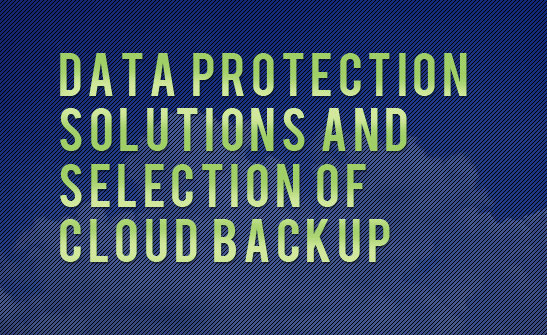
It provides security to your backup environment, both when your data is in transit and at rest. How Azure Backup protects from ransomware?Īzure Backup helps protect your critical business systems and backup data against a ransomware attack by implementing preventive measures and providing tools that protect your organization from every step that attackers take to infiltrate your systems.

So your critical workloads that require data residency, and must have no downtime, can be backed up in ZRS. Zone-redundant storage (ZRS) replicates your data in availability zones, guaranteeing data residency and resiliency in the same region.GRS costs more than LRS, but GRS provides a higher level of durability for your data, even if there's a regional outage. GRS replicates your data to a secondary region (hundreds of miles away from the primary location of the source data). Geo-redundant storage (GRS) is the default and recommended replication option.LRS is a low-cost option for protecting your data from local hardware failures. All copies of the data exist within the same region. Locally redundant storage (LRS) replicates your data three times (it creates three copies of your data) in a storage scale unit in a datacenter.Multiple storage options - Azure Backup offers three types of replication to keep your storage/data highly available.So you only pay for the storage you consume. Azure Backup automatically allocates and manages backup storage, and it uses a pay-as-you-use model. With Azure Backup, there's no cost for using on-premises storage devices. Automatic storage management - Hybrid environments often require heterogeneous storage - some on-premises and some in the cloud.Retain short and long-term data: You can use Recovery Services vaults for short-term and long-term data retention.Restoring application-consistent data reduces the restoration time, allowing you to quickly return to a running state. Azure Backup provides application-consistent backups, which ensure additional fixes aren't required to restore the data. Get app-consistent backups: An application-consistent backup means a recovery point has all required data to restore the backup copy.You can also increase the scale of your monitoring and reporting by using Azure Monitor. These capabilities are available without any additional management infrastructure. Centralized monitoring and management: Azure Backup provides built-in monitoring and alerting capabilities in a Recovery Services vault.Keep data secure: Azure Backup provides solutions for securing data in transit and at rest.
BACKUP CLOUD SOLUTIONS OFFLINE

SAP HANA databases in Azure VMs - Backup SAP HANA databases running on Azure VMs.SQL Server in Azure VMs - Back up SQL Server databases running on Azure VMs.Azure Files shares - Back up Azure File shares to a storage account.Azure Managed Disks - Back up Azure Managed Disks.Azure VMs - Back up entire Windows/Linux VMs (using backup extensions) or back up files, folders, and system state using the MARS agent.Or use the DPM or Azure Backup Server (MABS) agent to protect on-premises VMs ( Hyper-V and VMware) and other on-premises workloads On-premises - Back up files, folders, system state using the Microsoft Azure Recovery Services (MARS) agent.


 0 kommentar(er)
0 kommentar(er)
